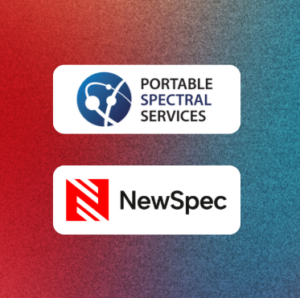
A Bright Future Ahead
Portable Spectral Services Announces Exciting Management Transition
Strategic Metals Australia Pty Ltd (SMA) have had a breakthrough on the applicability of handheld XRF analysers on termite hills over its wholly owned Buchanans LCT Pegmatite Field.
As a result of this survey SMA conducted an intensive Termite Hill Sampling Program over part of the Buchanan Creek Dome during its 2019 Exploration Campaign. It is expected that the results will help define drilling targets for future drilling.
Influence of many: how termites build their mounds
Termites live in large social colonies, where the collective power of the colony outstrips that of the individual. These industrious architects can build mounds that can reach more than five metres in height. A typical termite colony can move more than 250 kg of soil and 2000 kg of water in a year. So, the movement of the termites can move soil from depth to the surface and can be used as a tool for identifying potentially economic deposits located at depth below the surface. The mounds are built from saliva and excreta and the different colours within the mounds are related to the soil changes at depth.
Proof of concept: Determining pXRF as the right fit
SMA hired a Bruker S1 Titan over the April/ May period in 2018 from Portable Spectral Services (PSS) (formerly Portable XRF Services). As a proof of concept prior to going in field, the pXRF instrument was trialled using several calibrations on selected intervals from drill core obtained from the 2016 drilling campaign. Laboratory assay data was collected for these drill holes and were used as a comparison for the pXRF data.
Field application: Using hand-held XRF in a systematic survey
From this promising trial, a systematic survey of termite hills was undertaken in the Buchanan’s Creek LCT Pegmatite Field (Fig. 2). The survey involved approximate north to south traverses which were run every 100 metres across part of the field. Portable XRF readings were acquired and physical samples of the termite hill were collected at 25 meter intervals along the traverses. These locations were geologically mapped, and co-ordinates were recorded using a hand-held GPS. Additional pXRF measurements were collected from outcrop that were of particular interest.

Figure 1: Part of a termite colony moving through the soil

Figure 2: Use of hand-held XRF on outcrop and termite hills in the field
What was found?
The termite hills that were sampled during the survey were split into those that grow on amphibolite, meta-sediment, granite, pegmatite or a mixture of these. The relationships were then assessed on scatter plots; some elements reported higher results in the assays while others reported higher results in the hand-held device (Fig. 3).
Direct comparison of the pXRF and laboratory assay data show a good correlation for some elements and no correlation for others (Fig. 3). The separation between lithologies was observed in many element plots (Fig. 3).


Figure 3: Comparison of termite hill chemistry collected with hand-held XRF and laboratory assay.
A limitation of the hand-held XRF device is that it cannot measure lithium directly, i.e., it is not readily detected.
Rubidium showed particularly elevated values in the termite hills growing on pegmatites. When the rubidium assay values were compared with the lithium assays, there was a clear relationship between the two elements (Fig. 4). The rubidium values were particularly elevated for samples collected from termite hills growing on pegmatites. The lithium values for the lab assay data were compared with the rubidium values for the pXRF data and produced a reasonable correlation. Therefore, the pXRF can be used to identify areas with elevated lithium in the survey area and can serve as an indicator for mineralization.

Figure 4: Hand-held XRF survey of Termite Hills: Rb as a proxy for Li.
When plotted spatially, these results provide an outstanding tool for recognizing potentially fertile pegmatites. Additionally, due to the penetration of the termites, there is a great potential for identifying buried pegmatites.
As shown in Figure 5, the location of the termite hill survey with hand-held XRF results for rubidium (left) and termite hill assay results for lithium (right). The large quartz blow mapped appears to be an LCT pegmatite!
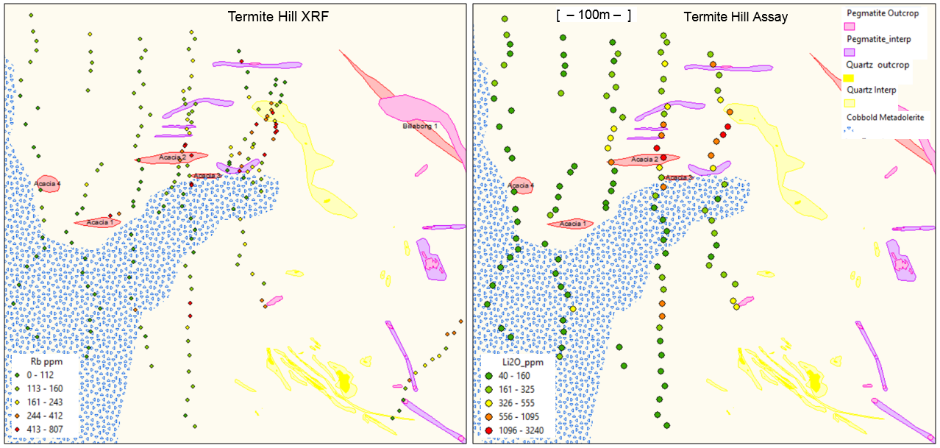
Figure 5: Map comparison of Hand-held XRF and assay data of termite hills.
Conclusion:
The survey by Strategic Metals Australia, has shown that termite hills can be used to identify LCT pegmatites that are not exposed at the surface. The pXRF instrument reported a good correlation with the lab assay values and the positive correlation between lithium and rubidium enabled the pXRF instrument to identify the areas with high lithium concentrations. The success of this survey will help define targets for future drilling in the area.
Special thanks to Bradley Crighton at SMA for letting us share this exciting breakthrough.
Further information on the SMA WA 2019 Lithium Conference Presentation and the company’s Buchanans LCT Pegmatite deposit can be found on our News Page at: www.strategicmetalsaustralia.com

Portable Spectral Services Announces Exciting Management Transition
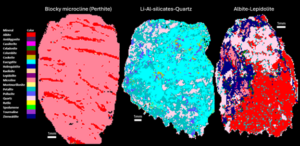
Our tool introduces uXRF (micro-X-ray fluorescence) scanning technology to RC chip analysis, enabling rapid, non-destructive, and quantitative analysis of major, minor, and trace mineral phases.
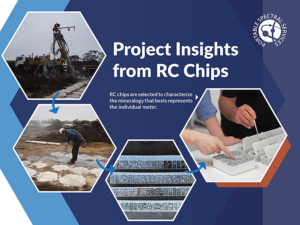
Automated micro-X-ray fluorescence (micro XRF) technology emerges as a powerful tool to rapidly and accurately capture the mineralogy of rock chip, RC and AC samples.

Findings of an ongoing regional evaluation study over concealed Proterozoic lithologies known to host magmatic nickel sulphides with potential to host other base-metal, gold and rare earth elements (“REE”) systems within the Fraser Range, Western Australia.
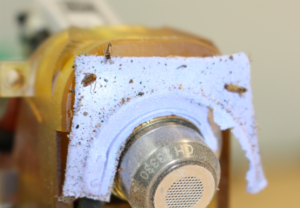
Findings of an ongoing regional evaluation study over concealed Proterozoic lithologies known to host magmatic nickel sulphides with potential to host other base-metal, gold and rare earth elements (“REE”) systems within the Fraser Range, Western Australia.
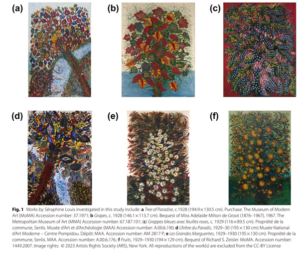
Findings of an ongoing regional evaluation study over concealed Proterozoic lithologies known to host magmatic nickel sulphides with potential to host other base-metal, gold and rare earth elements (“REE”) systems within the Fraser Range, Western Australia.
